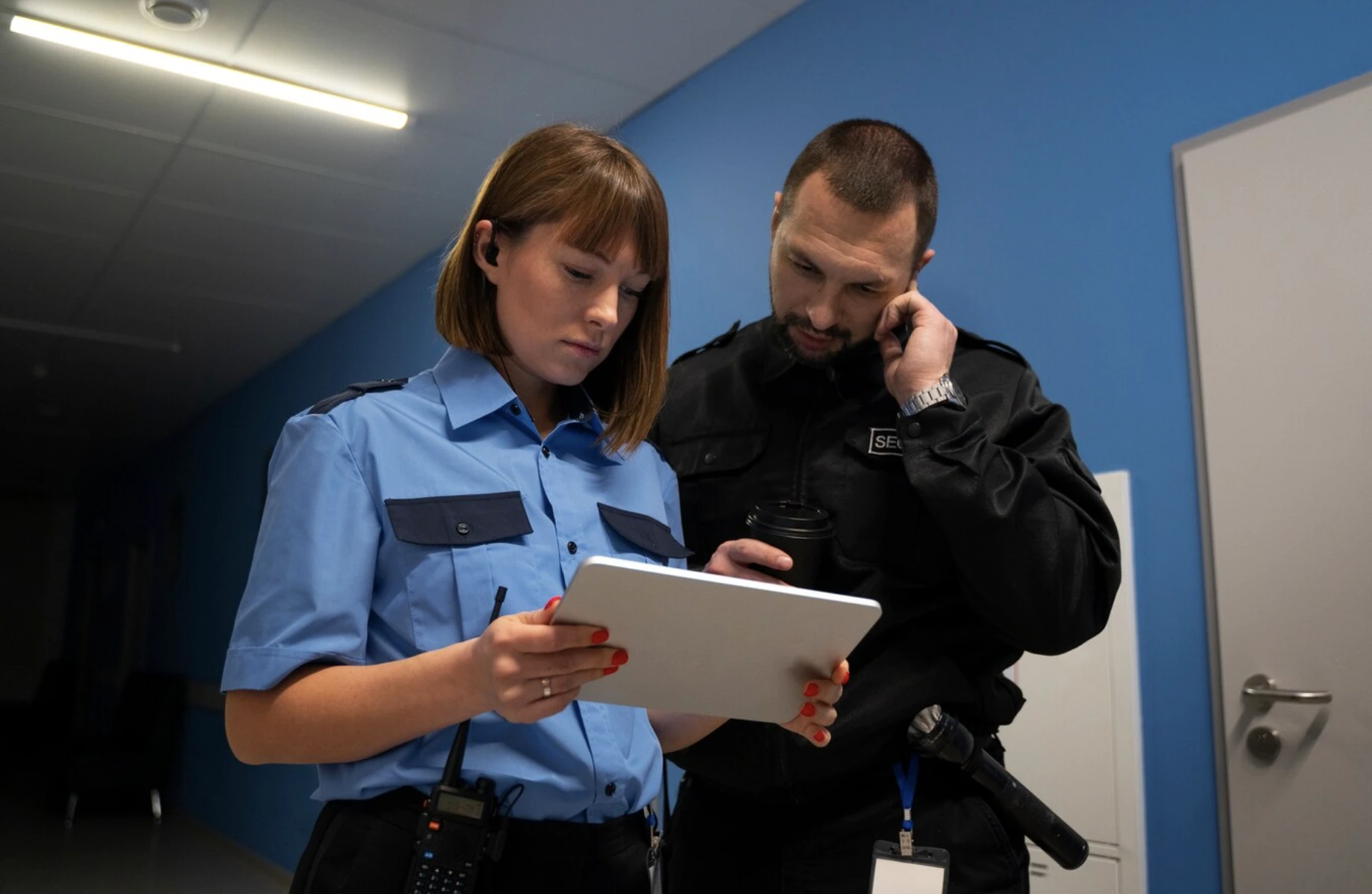
Image by Freepik
IACP conference In Boston Highlighted AI’s Growing Role In Modern Policing
At the IACP conference, police chiefs explored AI technologies like VR training, generative reports, and data systems, raising privacy concerns and highlighting regulatory gaps in policing.
In a Rush? Here are the Quick Facts!
- Over 600 vendors showcased technologies, including VR training systems and AI tools.
- VR training promises engagement but lacks realism for complex police-public interactions.
- Generative AI tools like Axon’s Draft One raise concerns over report accuracy and bias.
The International Association of Chiefs of Police (IACP) conference, one of the most exclusive gatherings in law enforcement, offered a rare glimpse into the evolving landscape of policing technology last month in Boston, according to an MIT Review press release.
The event, often closed to the press, brought together leaders from across the U.S. and abroad to discuss innovations shaping the future of policing.
MIT reports that vendors and companies showcased cutting-edge tools aimed at revolutionizing policing practices, particularly in training, data analysis, and administrative tasks.
One of the most attention-grabbing demonstrations was from V-Armed, a company specializing in virtual reality (VR) training systems. In its booth, complete with VR goggles and sensors, attendees could simulate active shooter scenarios.
VR training, touted as an engaging and cost-effective alternative to traditional methods, has drawn interest from police departments, including the Los Angeles Police Department.
However, critics argue that while VR systems offer immersive experiences, they cannot replicate the nuanced human interactions officers encounter in real-world situations.
Beyond training, AI’s role in data collection and analysis took center stage. Companies like Axon and Flock unveiled integrated systems combining cameras, license plate readers, and drones to gather and interpret data, reports MIT.
These tools promise efficiency but have sparked privacy concerns. Civil liberties advocates warn such systems could lead to over-surveillance with limited accountability or public benefit, reported MIT.
Administrative efficiency was another key focus. Axon introduced “Draft One,” a generative AI tool that creates initial drafts of police reports by analyzing body camera footage.
While this technology could save officers significant time, legal experts like Andrew Ferguson caution against the risk of inaccuracies in these critical documents. Errors or biases in AI-generated reports could influence case outcomes, from bail decisions to trial verdicts, sais MIT.
MIT notes that the absence of federal regulations governing AI use in policing adds to the complexity. With over 18,000 largely autonomous police departments in the U.S., decisions about adopting AI tools rest with individual agencies.
This fragmented approach raises concerns about inconsistent standards for ethics, privacy, and accuracy. As AI becomes a cornerstone of policing, its unregulated expansion highlights the need for oversight.
Without clear boundaries, critics warn the industry risks prioritizing profit over public accountability—a challenge set to intensify amid shifting political priorities and advancements in policing technologies.


 Previous Story
Previous Story

 Latest articles
Latest articles 

Leave a Comment
Cancel